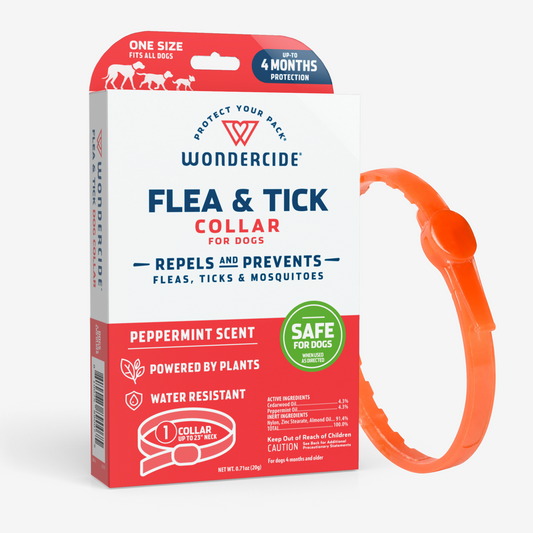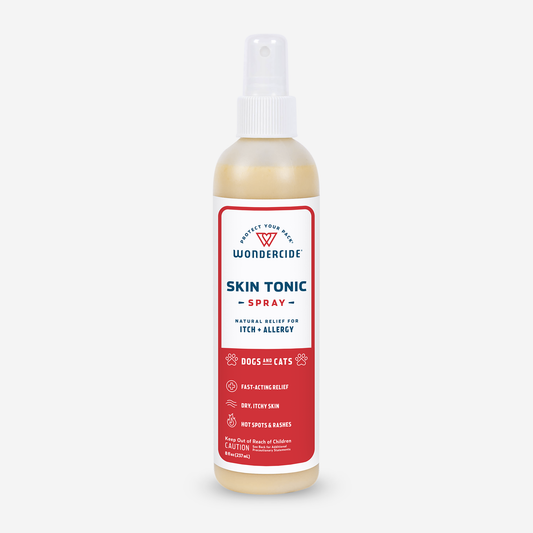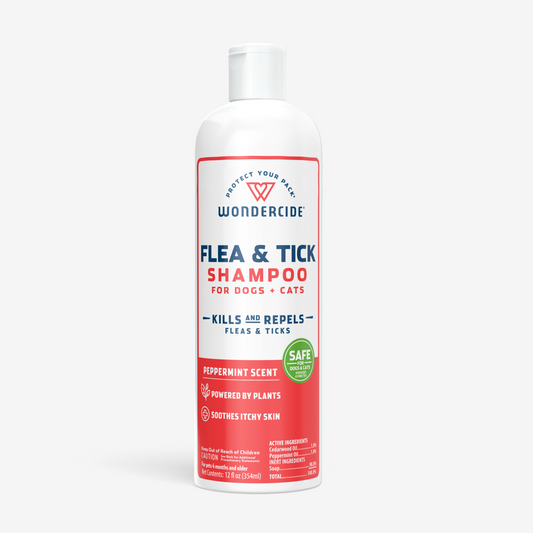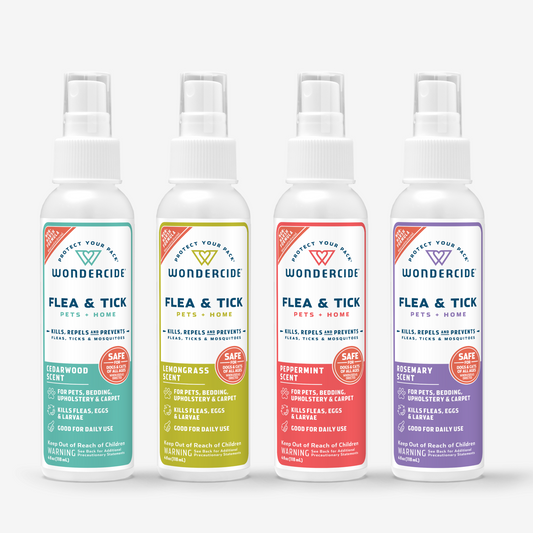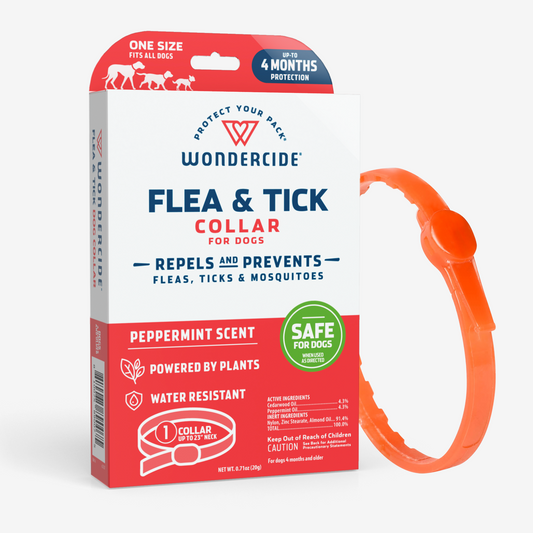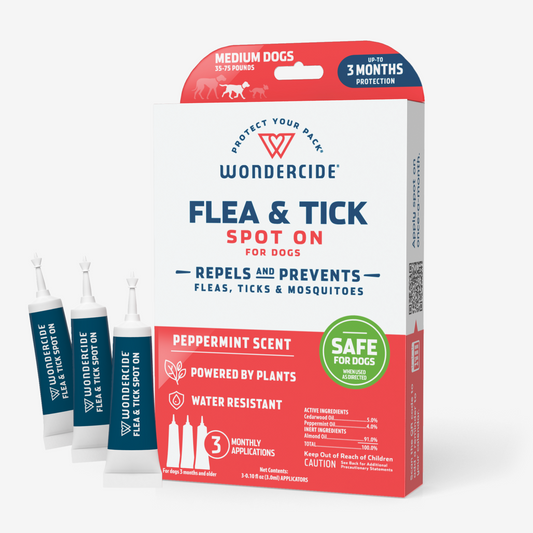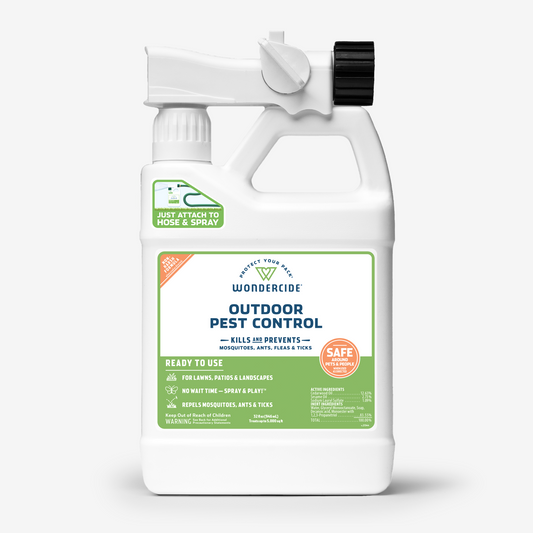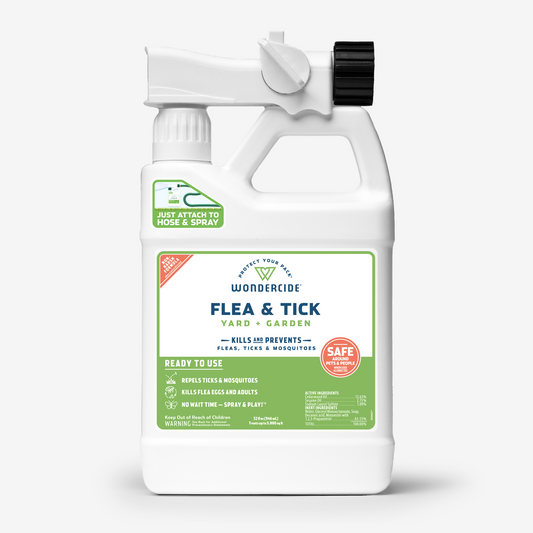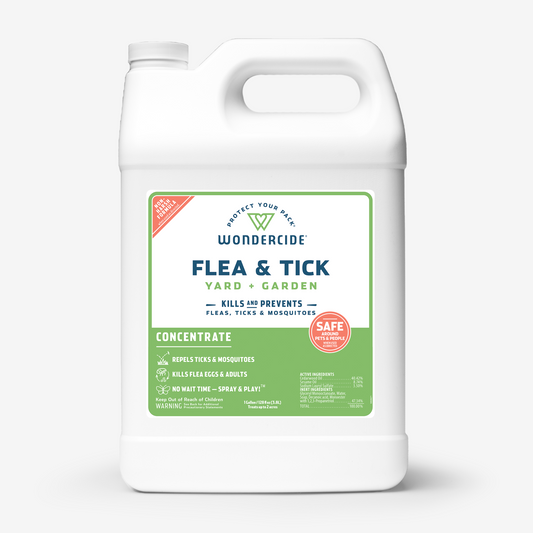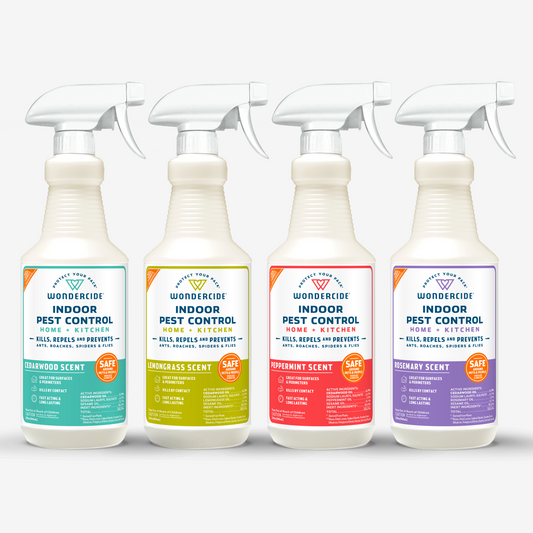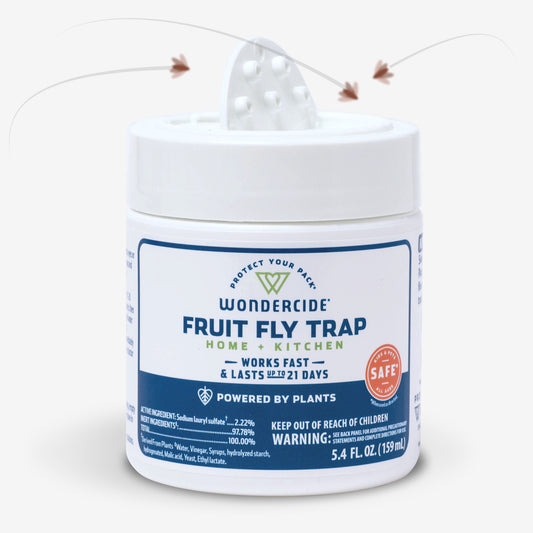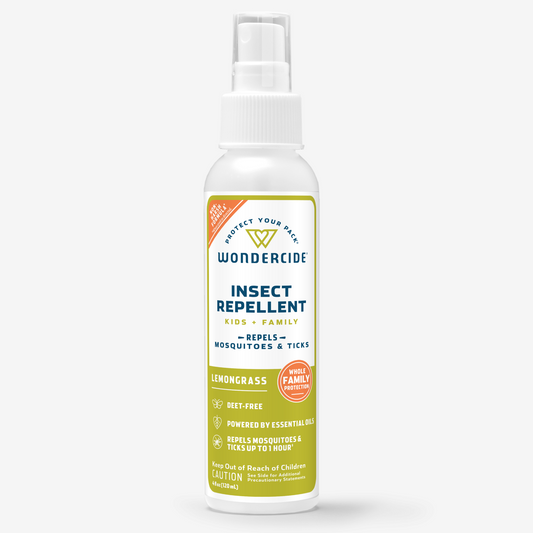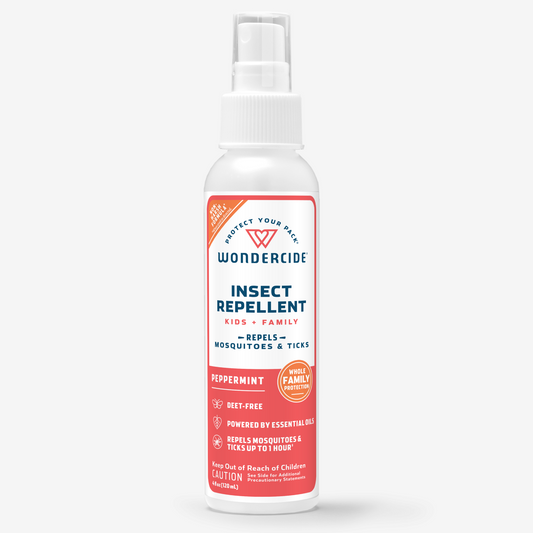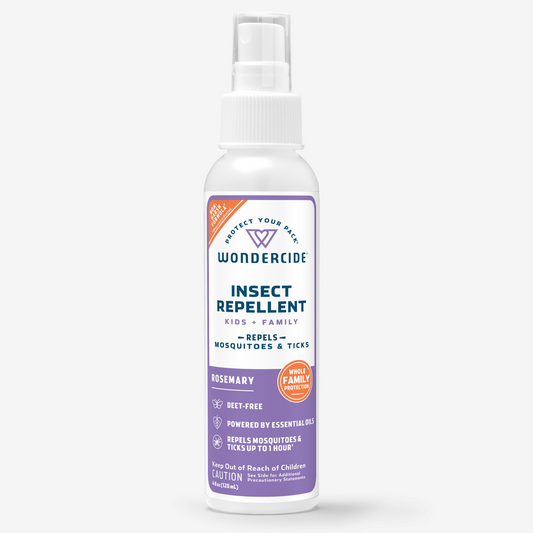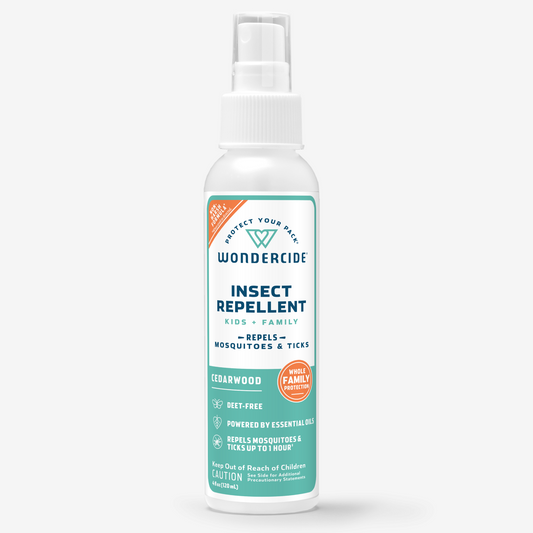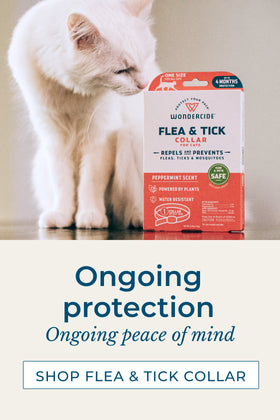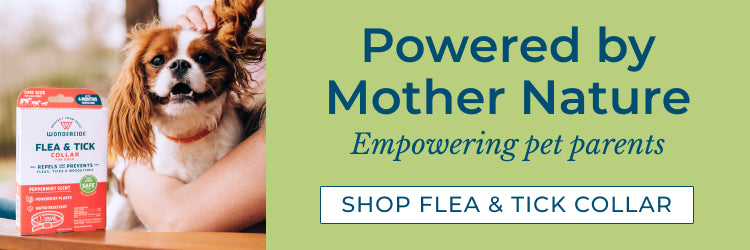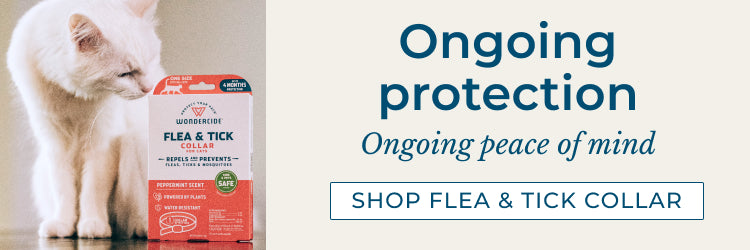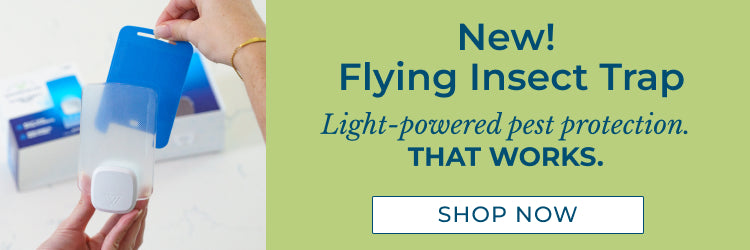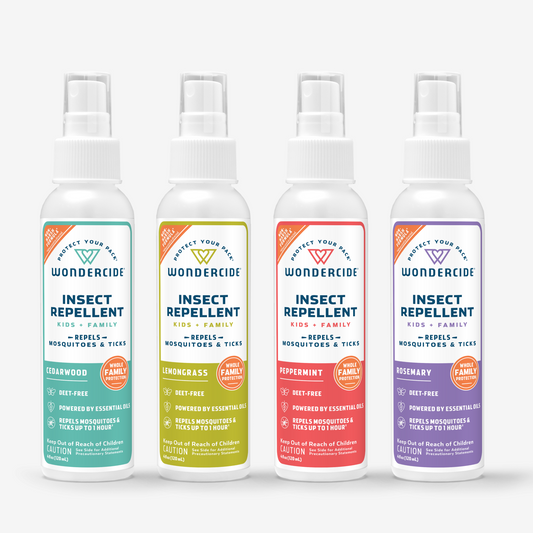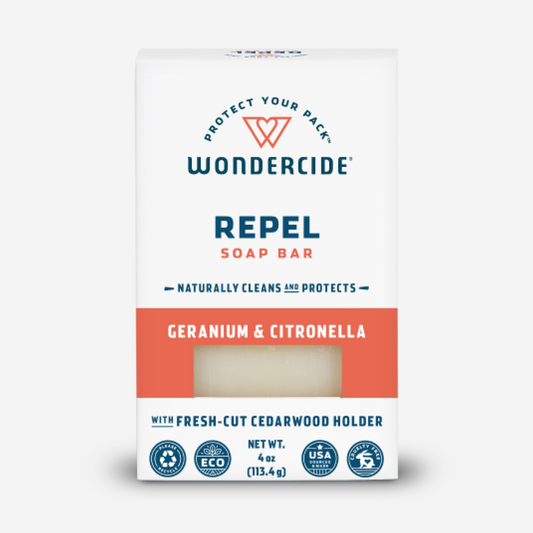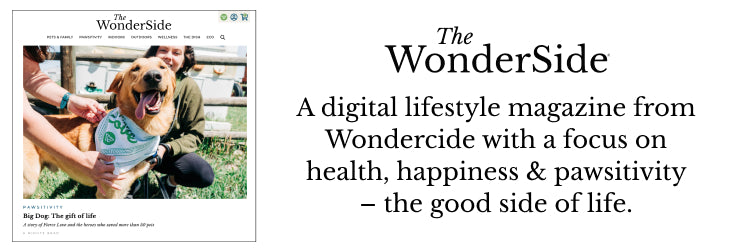Ear Care for Dogs and Cats
Ear Care for Dogs and Cats
Ear Treatment provides relief for common ear issues and irritations. This plant-powered ear care for dogs and cats is made with natural essential oils.
1 item added to cart






Reviews
Product Facts
Wondercide is proven to work without the conventional ingredients. Our lineup of plant-powered skincare and ear care harness the power of nature to do the job. Loved by pets and their people. It’s all good.
Instructions
Read entire label prior to use and use as directed. Shake well before each use. Safe for daily use when used as directed. Ear Treatment: Temporary discoloration from natural essential oils may occur on light fur.
Place several drops into the ear canal and massage gently.
Allow pet to shake head to remove excess. Wipe area with a clean cloth.
Apply to cotton pad and wipe the ear flap. Do not use a cotton tip applicator.
Repeat as needed until condition improves.
Ingredients
| Active Ingredients | Source | |
|---|---|---|
| Purified Water | Deionized water | |
| Neem Oil | Azadirachta indica (neem) oil | |
| Lavender Oil | Lavandula angustifolia | |
| Cedarwood Oil | Juniperus mexicana (wood) | |
| Lemongrass Oil | Cymbopogon flexuosus | |
| Plant-powered Emulsifier | Proprietary |
| Active Ingredients | Source | |
|---|---|---|
| Purified Water | Deionized water | |
| Peppermint Oil | Mentha piperita | |
| Spearmint Oil | Mentha spicata | |
| Eucalyptus Citriodora | Corymbia citriodora (leaf/twig) | |
| Tea Tree Oil | Melaleuca alternifolia (leaf/twig) | |
| Plant-powered emulsifier | Proprietary |
How to recycle
Committed to the planet. Our consciously-formulated products harness the power of nature and wherever possible, we make choices that can reduce impact on the environment, like choosing packing materials that can be recycled.
While the U.S. recycling program has a long way to go, you can make a big difference. Learn what can be recycled in your area, and whether items need to be sorted. On plastic bottles, check the bottom for a number. 1-2 are widely accepted. 4-6 may be accepted. 3 and 7 are generally not recyclable.
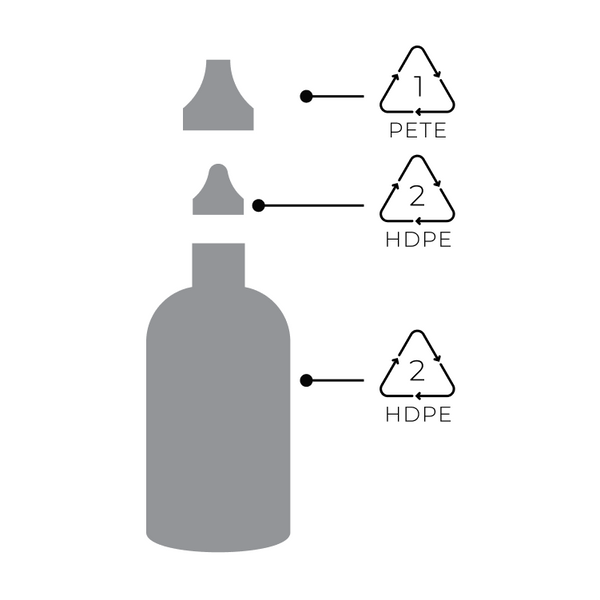
Good Questions
Use them individually as needed. Use Ear Treatment as directed to address ear ailments and discomfort. Once ear issues are resolved, use Ear Wash as directed to keep you pet's ears clean and to help prevent future ear issues.
Ear Treatment is safe for daily use. Use until the ear issue resolves. Ear Wash is also safe for daily use. Use as needed to remove wax or dirt and to deodorize the ear.
Ear Wash is only deigned for use on dogs and cats. Do not use on people or use on yourself to address ear wax.
This ear treatment will address many underlying issues including yeast that lead to irritation and discomfort. Use as directed and consult your vet if issues persist that Ear Treatment cannot alleviate.
Ear Treatment is designed to address yeast and your pet should see improvement after use of this product. Use as directed and consult your vet if issues persist that Ear Treatment doesn't alleviate.
#Wonderpack Faves
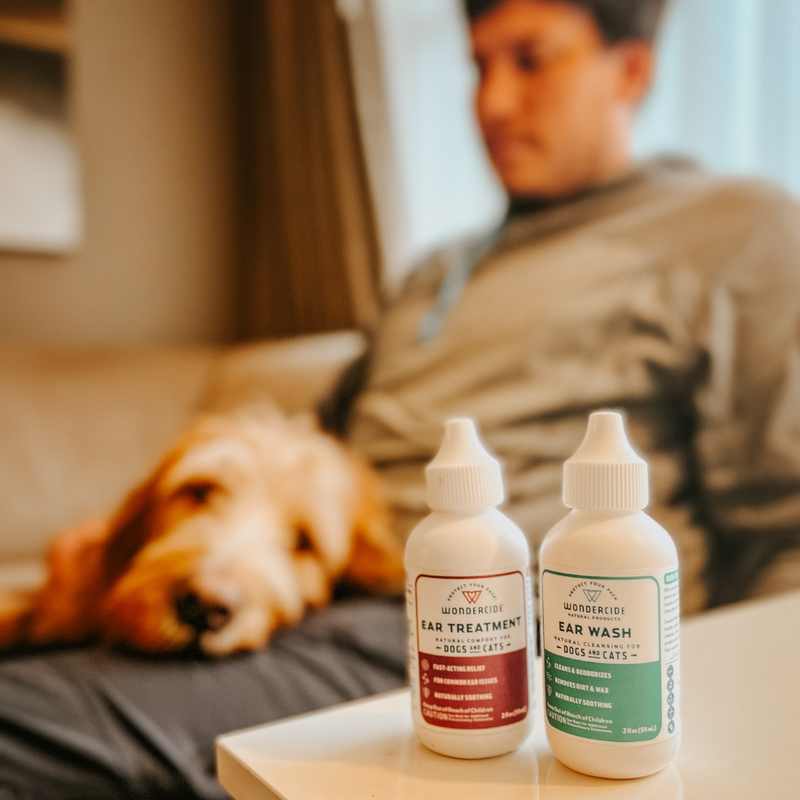
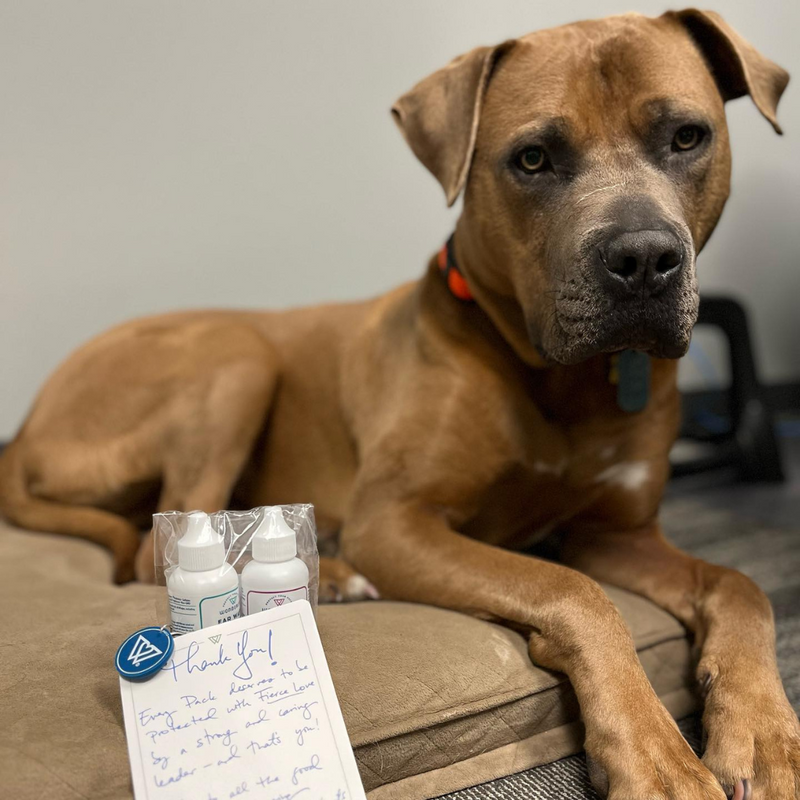
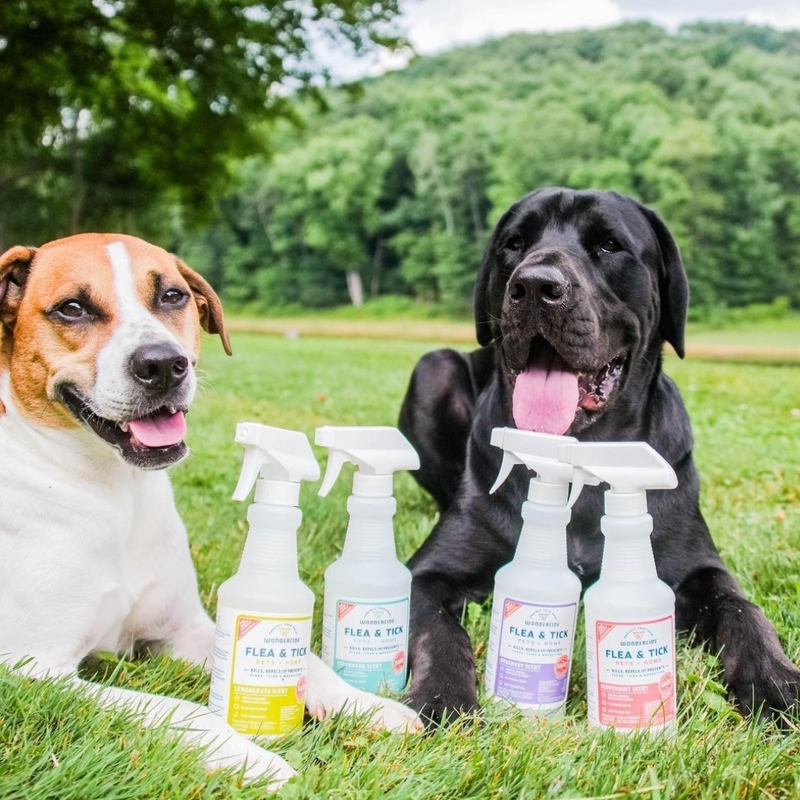
More Goodness
Reviews
- Choosing a selection results in a full page refresh.
- Opens in a new window.


